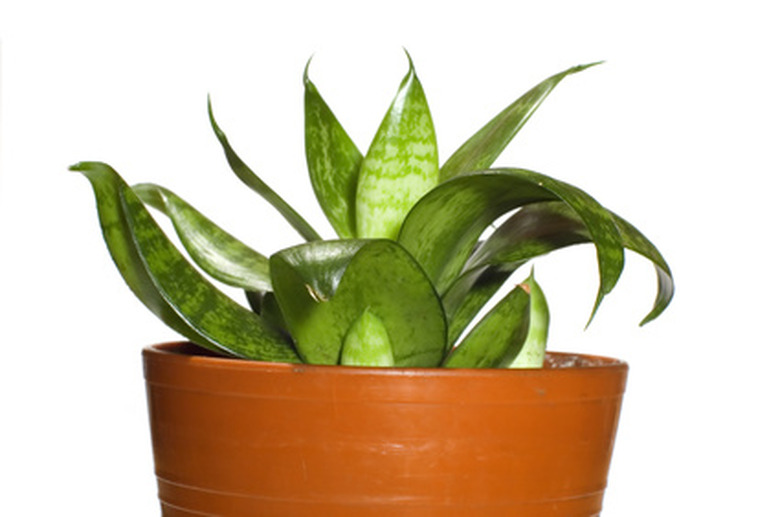What Are The Causes Of Black Tips On Leaves On Indoor Plants?
Black and darkened on leaf tips of indoor plants can be caused by several cultural and environmental factors. While the damage can sometimes be arrested and the spread prevented, the tips cannot be restored to their healthy color. Careful attention to the plants' environment during all phases of the day will help to identify the problem and point to a solution to prevent recurrence.
Lack of Water
If the plant roots are experiencing drought due to lack of moisture in the soil or low ambient humidity, the leaf tips often will be the first to show this stress by darkening. Keeping the soil moist and raising the humidity with a humidifier or evaporation tray under the plant can help to boost overall moisture in the air.
High Ambient Heat & Sun
High ambient temperatures, use of mechanical heaters, too much direct sunlight or sunburn can cause blackened leaf tips on plants. Keeping plants out of direct sunlight at the hottest part of the mid-day and lowering ambient temperatures or moving the plant into a location with bright, indirect light may help to manage the problem.
- Black and darkened on leaf tips of indoor plants can be caused by several cultural and environmental factors.
- If the plant roots are experiencing drought due to lack of moisture in the soil or low ambient humidity, the leaf tips often will be the first to show this stress by darkening.
Chemical Build-Up In the Soil
Common chemical compounds such as chlorine and fluoride in tap water or excess fertilizer salts can cause discoloration of leaf tips if they build up in the soil. Leeching the compounds out of soil periodically by deep, prolonged watering and thorough drainage of the soil can wash the excess compounds out of the soil. Repotting in fresh soil also can improve the condition.
